Partners
Five groups from three EU countries
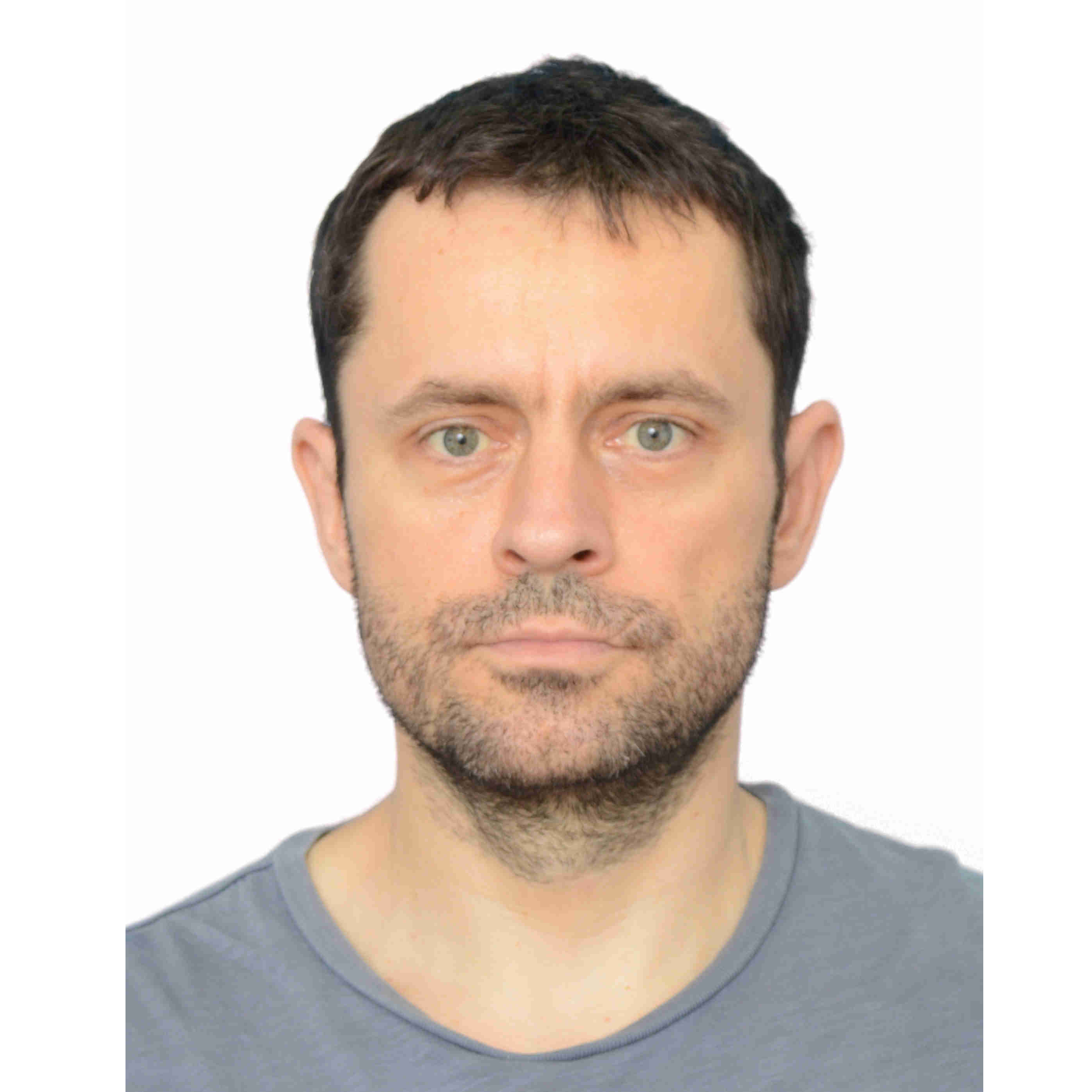
Peter Stano (coordinator), Institute of Physics, Slovak Academy of Sciences, Bratislava, Slovakia
Theory of a spin-based quantum computer. Theory, simulations, modeling, and experiments’ data analysis of electron and hole spin qubits realized in gated semiconductor nanostructures.
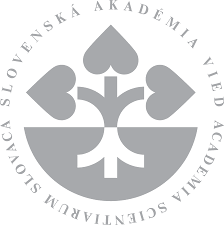
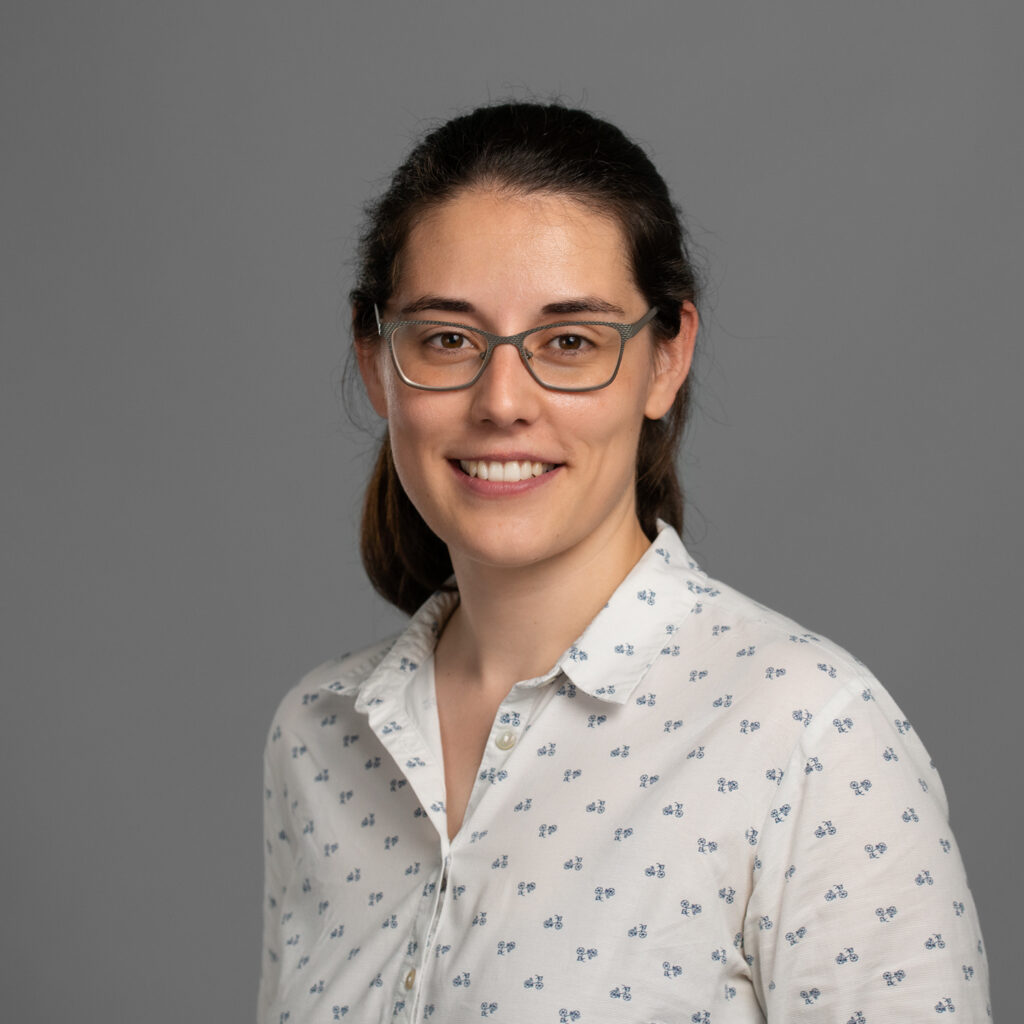
Mónica Benito, Institute of Physics, University of Augsburg, Germany
Numerical simulations of the devices and building analytical models that capture the main physics. Device structural simulations and the analytical models for the spin qubits in the Ge-MOS devices. Analysis, understanding, and fitting of the measured data.

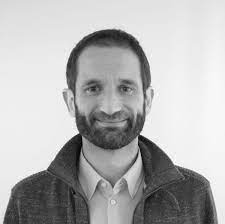
Dominique Bougeard, Fakultät für Physik, Universität Regensburg, Germany
Molecular beam epitaxy: semiconductor heterostructures (group IV, III-V) and hybrid epitaxial stacks (semiconductor/oxides, semiconductor/metals). Developing hybrid stacks and electrical characterization of quantum devices. Validation of the hybrid stacks, the characterization of qubits, and the exploration of correlations between the materials properties and the qubit metrics.
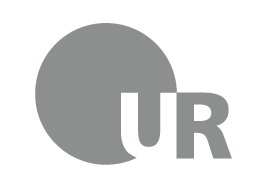
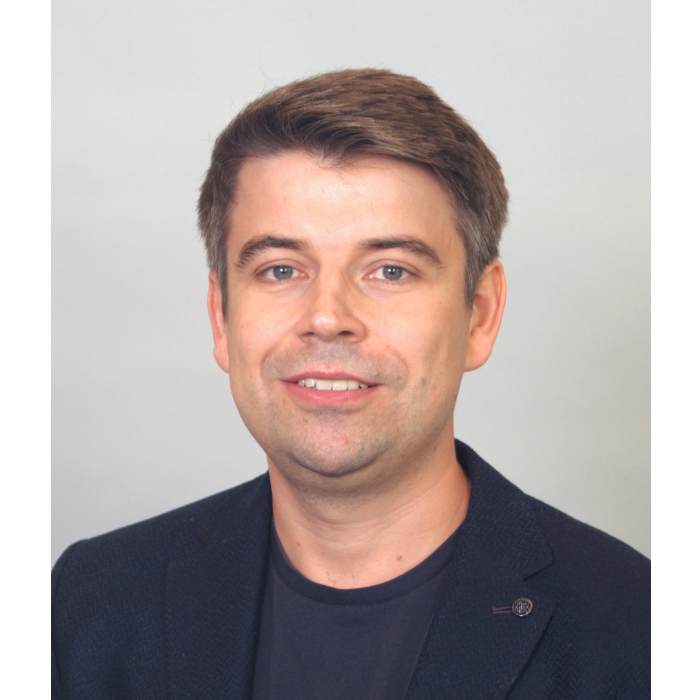
Andreas Kuhlmann, Department of Physics, University of Basel, Switzerland
Nanofabrication of quantum-dot spin qubit devices using industry-compatible manufacturing techniques. Quantum transport and spin qubit measurement at cryogenic temperatures and high magnetic fields. Achieving reproducible formation of quantum dots and demonstrating qubit functionality.
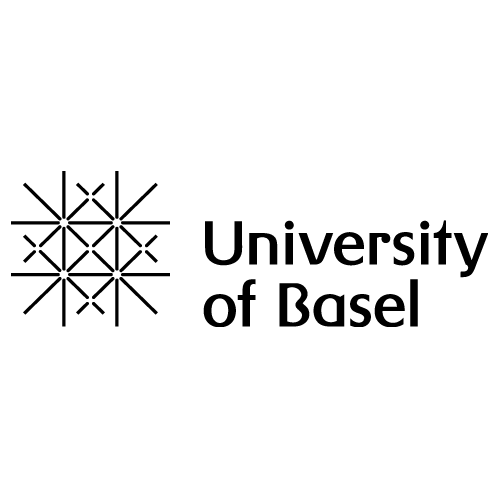
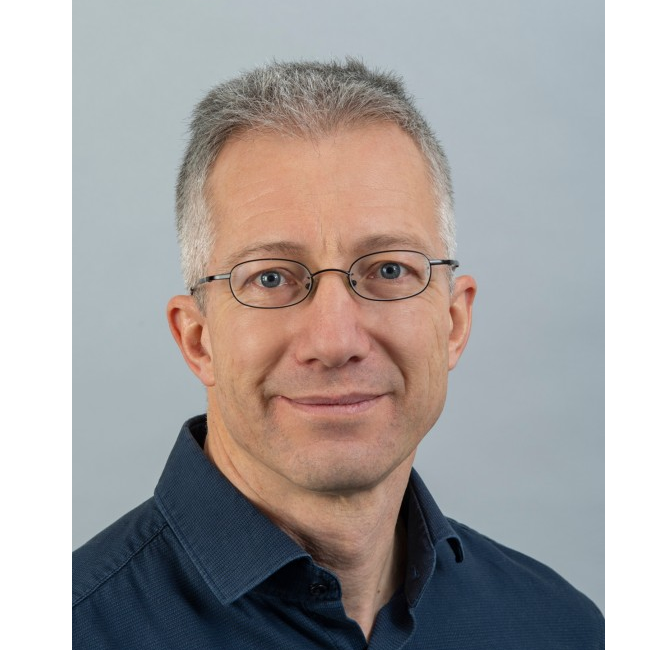
Thomas Ihn, Department of Physics, Eidgenössische Technische Hochschule (ETH) Zürich, Switzerland
Fabrication of semiconductor nanostructures and electronic transport measurements. Measurements of field-effect devices, quantum point contacts, quantum dots and qubits at cryogenic temperatures down to 7 mK and in magnetic fields with in-situ tunable orientation up to several Tesla. Expertise on p-type quantum devices, spin-orbit interaction, measurements of charge noise, and charge detection.
